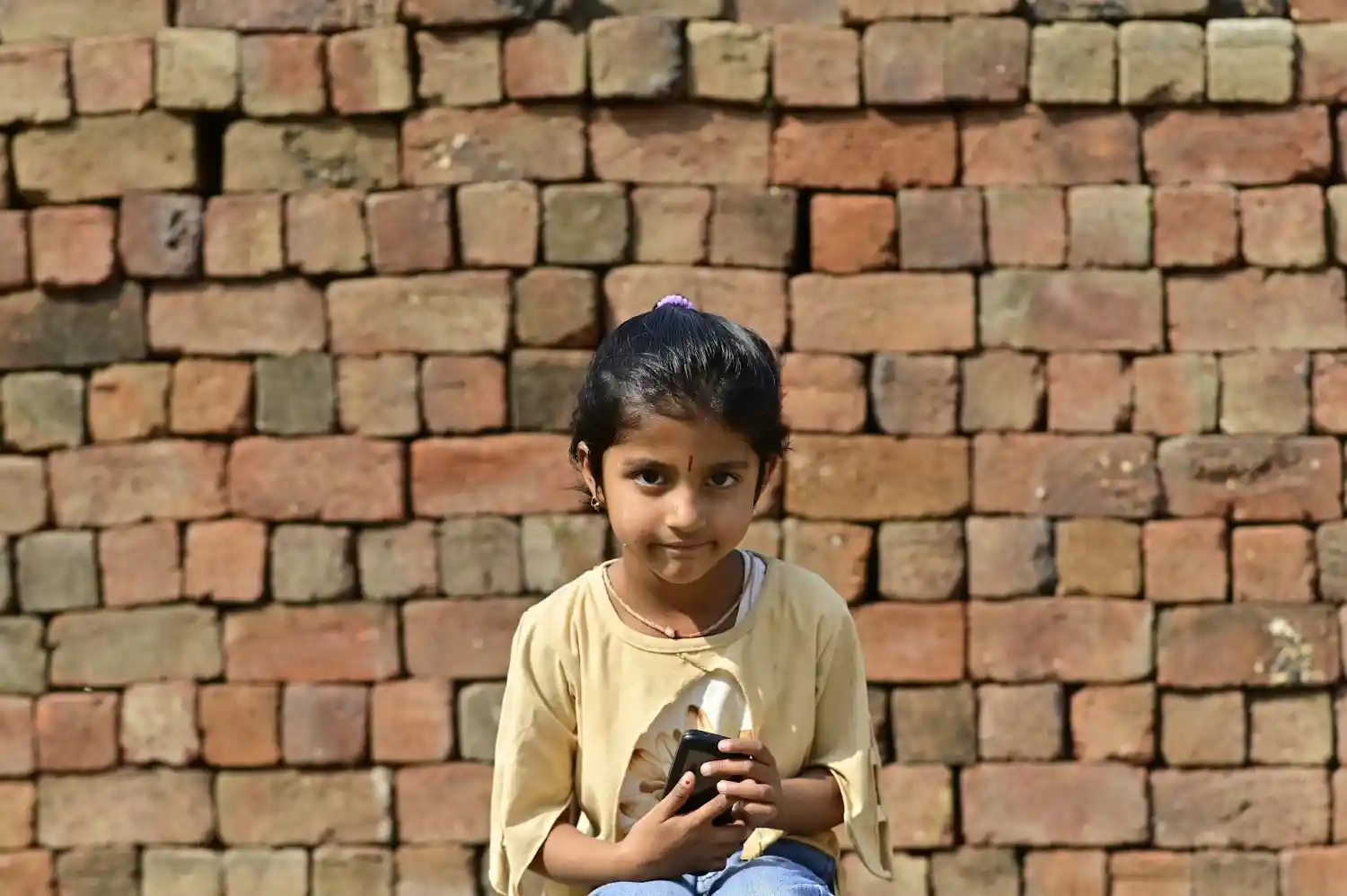Introduction: Are You Doing Enough to Make Your School Emotionally Safe?
Maybe it’s the student who suddenly stops turning in assignments, or the one who seems overly tired, distracted, or unusually quiet during group work. You might think, “They’re just having a bad day.” But deep down, you know it’s something more.
As someone who works with students, you understand this: academic success means very little if a child is emotionally struggling. So the question is—what are we doing to make our schools feel mentally safe?
This blog walks you through exactly how to create a School Environment for Mental Health which isn’t just a policy—it’s a lived experience. You’ll find practical ideas, proven strategies, and a renewed sense of why this matters so deeply.
At Unessa Foundation, we work alongside educators, families, and schools who want to make a change. And if you’re reading this, you’re probably one of them.
Why Mental Health Deserves a Seat in Every Classroom
You’ve probably noticed that when students are overwhelmed or anxious, it shows up in their work—or lack of it. They shut down. They act out. They stop trying. And if you’ve ever thought, “This isn’t about the assignment,”—you’re absolutely right.
Mental health affects focus, memory, communication, and behavior. In many cases, it’s the invisible barrier holding a student back. For deeper insights, explore our guide on why emotional well-being in underprivileged students needs urgent attention.
By putting educational mental care at the center of your classroom or school culture, you’re giving students more than coping tools. You’re giving them the space to feel secured, Vakyed, and supported.
Research shows that students who feel emotionally supported in school are more likely to:
- Engage with their learning
- Exhibit fewer behavioral problems
- Show up consistently to school
- Report higher levels of self-worth
These outcomes aren’t accidental—they’re the result of a school culture that recognizes emotional health as non-negotiable. Learn more about creating supportive environments in our post on mental health support in education.
What Makes a School Mentally Supportive?
If you’ve been wondering where to start, here are some of the key elements we’ve seen work in Unessa-supported schools:

1. A Culture of Safety and Belonging
When kindness and respect are non-negotiable, everything shifts. Students open up. Teachers connect more easily. The whole atmosphere changes. Schools can implement emotional check-ins, classroom affirmations, and restorative conversations into their daily practice. Learn how to foster a culture of belonging in your school.
2. Teachers Who Understand Trauma
If you as a teacher ever felt unprepared to handle a child’s emotional breakdown—you’re not alone. That’s why we encourage trauma-sensitive learning where teachers are trained to understand emotional triggers with empathy, not punishment. Trauma-informed classrooms foster consistency, calm communication, and routines that create predictability. Discover actionable strategies in our blog on the role of teachers in promoting emotional health.
3. Mental Health Programs That Actually Reach Students
It’s not recommended to have a counselor hidden in an office. Mental health support must be visible, accessible, and normalized—something every student knows they can count on. That could mean weekly mindfulness classes, scheduled mental wellness workshops, or drop-in hours with school mental health professionals. Read about impactful programs in our post on mental wellness programs that transformed lives.
4. Student Voice
Students have feelings, insights, and ideas—they just need spaces to share them. Whether it’s through check-ins, student-led wellness clubs, or anonymous feedback, let them be part of the solution. Create platforms where student voices can influence school policies and peer support initiatives.
5. Staff Support
You can’t pour from an empty cup. If you’re an educator or leader, your mental health matters too. Make time for staff check-ins, wellness sessions, or just a moment to breathe. Staff should feel safe discussing burnout and stress, with the same level of support offered to students.
Want to Make a Change? Start with These 7 Actions
1. Begin the Day with Mindfulness
You don’t need a yoga mat or candles. Just take 3 minutes to breathe with your students. Reflect. Reset. Let the day begin with calm. This consistent practice teaches students emotional regulation and self-awareness. Check out our 9 proven stress management techniques for students for more practical tips.
2. Set Up a Calm Zone
Create a space—even a chair in the corner—where students can take a break when they’re overwhelmed. You’ll be amazed at how many just need a moment to collect themselves. Equip it with soft lighting, calming visuals, sensory items, or coloring sheets.
3. Talk About Mental Health—Openly
You don’t need all the answers. Just saying, “It’s okay to not be okay,” opens the door for honesty. Include it in your lessons, conversations, and assemblies. Promote stories, activities, and role-playing exercises that normalize feelings and help students build emotional vocabulary. For guidance, see our post on how to recognize and address mental health issues in school.
4. Take a Trauma-Informed Approach
When a student acts out, ask yourself: What happened to them? not What’s wrong with them? That simple reframe changes everything. Instead of reacting with consequences, respond with curiosity and care. It builds trust and safety.
5. Build Peer Support
Let students lead. Encourage older students to mentor younger ones. Create emotional wellness clubs or peer listening groups. Students learn a lot from each other. They also feel empowered when they’re trusted to support their peers.
6. Offer Safe Ways to Ask for Help
A simple anonymous box, QR code form, or “wellness check” can give a child the courage to say, “I’m not okay.” Make help-seeking behaviors easy and stigma-free.
7. Involve Families in the Conversation
Send home resources. Host wellness evenings. Give parents tools to support their children’s emotional needs too. When school and home work together, it sends a powerful message: mental health matters everywhere. For broader community support ideas, explore how to find and support local NGOs near you.
How to Tell When a Student Needs More Support
Sometimes it’s obvious. Sometimes it’s subtle. Watch for:
- Withdrawal or extreme outbursts
- Physical complaints like headaches or fatigue
- A sudden drop in performance
- Clinginess or hyper-alertness
- Over-compliance or perfectionism
These signs often point to youth stress behavior insights—and an opportunity to step in before things escalate.
Keep in mind that students from disadvantaged backgrounds may express stress differently. Your attentiveness, your words, and your patience could be the very thing that shifts their day—or their life.
Watch for withdrawal, physical complaints, or a sudden drop in performance. Learn more about recognizing stress in children to intervene early.
Unessa Foundation: Supporting Mental Wellness in Real Classrooms
We’re not just talking about theory. At Unessa Foundation, we’re working hand-in-hand with schools to:
- Integrate school mental health programs into daily routines
- Train teachers in trauma sensitivity and emotional support
- Build peer support systems in under-resourced schools
- Provide direct access to school psychological care where possible
We’ve seen that even in the most underfunded classrooms, change is possible—with intention, consistency, and compassion. Our work aligns with the efforts of other impactful organizations, such as those highlighted in top 10 child-focused NGOs in India making a difference in 2025.
Our field data shows that:
- Students in schools with structured mental health programs show 30% higher engagement rates
- Peer mentoring improves students’ help-seeking behavior by 40%
- Teacher wellness participation correlates with reduced burnout and improved student relationships
These aren’t just numbers. They’re proof that the work matters.
Conclusion: You’re Already the Start of the Solution
You don’t need to have all the answers. You just need to care enough to start.
Creating a supportive school environment for mental health isn’t about big budgets or complicated programs. It’s about doing the little things consistently—with love.
When you breathe before class, give grace to a student in meltdown, or simply ask, “Are you okay?”—you’re laying the foundation for real, lasting change.
And when you partner with organizations like Unessa Foundation, you’re not just supporting your students—you’re leading a movement. For inspiration from other impactful organizations, check out 10 top NGOs in India that are changing lives.
So keep going. Keep noticing. Keep showing up.
Together, let’s make sure every student feels mentally safe at school—and that might just be the most powerful lesson they ever learn.
💛 Donate to Support Mental Health Programs 💛
Your donation helps us fund:
- Emotional health toolkits for classrooms
- Training sessions for teachers and caregivers
- Mental health workshops and counseling support
- Art and play therapy sessions for children in trauma
Even a small monthly contribution can fund mindfulness materials, journals, or wellness kits for multiple children.
Want to see how effective digital platforms can amplify NGO impact? Check out The Power of NGO Websites: Examples and Key Elements.
















